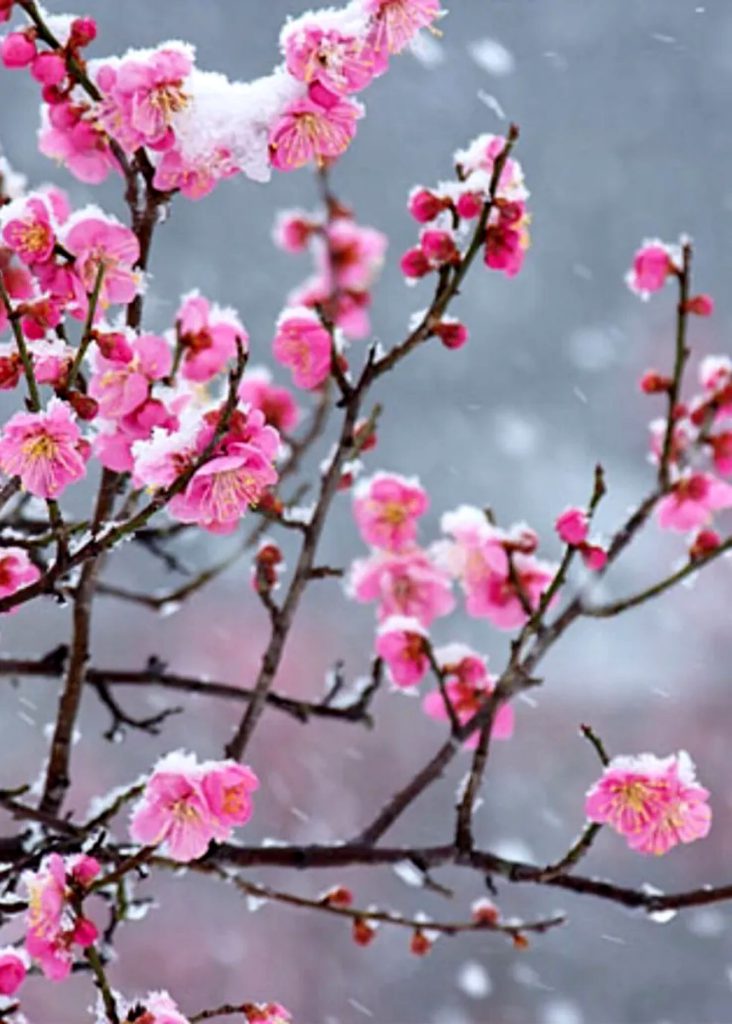
It’s cold. Even in Osaka, the temperature this morning was -1°C. It seems that the cold will still be tough in the middle of the week. The more severe this cold weather is, the faster the plum blossoms and the cherry blossoms will bloom. Flowering will be delayed if the cold weather is not sufficient to break dormancy. In other words, the conditions for plum and cherry blossoms to bloom early are that the winter is cold and the spring is warm. It’s not just plums and cherry blossoms. The same is true for many plants. Kanjime of vegetables is the process of exposing vegetables to the cold air of winter to produce sweet vegetables. Kanjime vegetables include a surprisingly wide variety of vegetables such as Japanese radish, Chinese cabbage, carrots, green onions, Japanese mustard spinach, taasai, and spinach. Plants produce sugar and nutrients through photosynthesis, but under low temperatures, the absorption of nutrients by the roots is suppressed, the water content is reduced, and instead sugars and nutrients are stored in the body to prepare for low temperatures. It may apply to humans as well.
寒いです。大阪でも今朝の気温は−1℃。週半ばはまだまだ寒さが厳しくなるそうです。この寒さが厳しいほど梅も桜も開花が早くしっかりした花を咲かせます。寒さが不十分で「休眠打破」がうまく行われないと開花が遅れてしまいます。つまり、梅や桜が早く咲く条件は「冬がしっかり寒く春先に暖かいこと」ということになります。これは梅や桜だけではありません。多くの植物にも言えることです。野菜の寒締めと言って、冬の冷たい空気に野菜を当てて甘みのある野菜をつくることをいいます。寒締め野菜には、ダイコンやハクサイ、ニンジン、ネギ、コマツナ、タアサイ、ホウレンソウなど意外と多くの種類の野菜が多くあり、特にホウレンソウの寒締めは良く知られています。植物は光合成によって糖分や栄養分を生成しますが、低温下では根の養分吸収を抑え、水分含量を減らし、代わりに糖分や栄養分を体内に蓄えて低温状態に備えるからです。人間にも当てはまるかもしれませんね。
